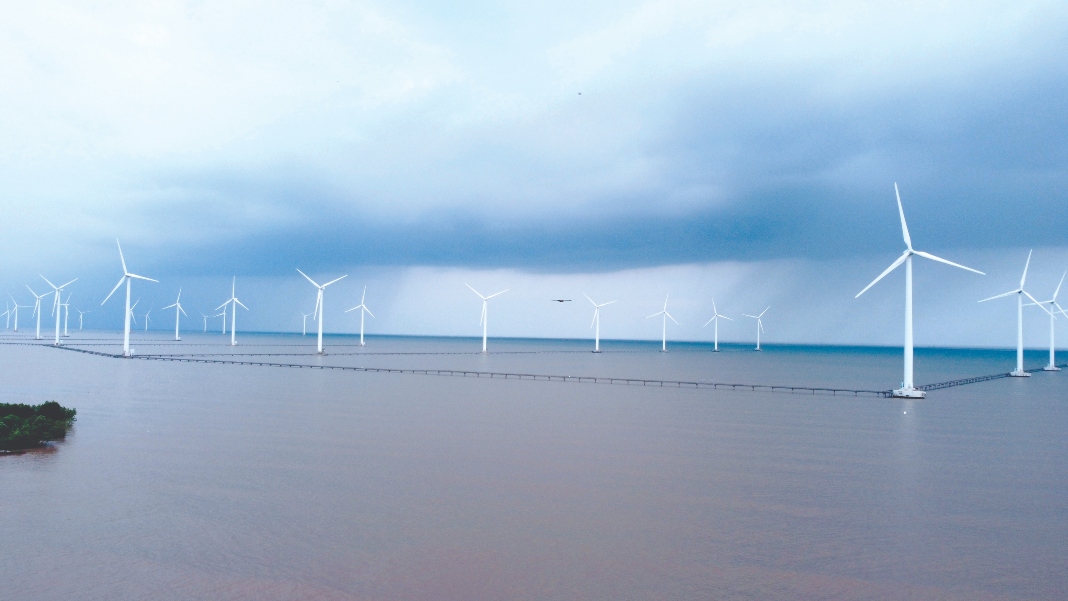Centuries or even a few decades ago, discussions about the economy often revolved around the extraction of resources, the production of goods, and their disposal after consumption. This process, known as the linear economy, not only depletes resources but also creates waste that pollutes the environment. To ensure sustainable economic development, it is essential to transition from a linear economy to a circular economy. Why circular economy? Circular economy is not just about material circulation (reusing and recycling products) but encompasses broader scope. Material circulation involves the three Rs: Reduce (minimize waste), Reuse (reutilize products), and Recycle (reprocess waste into new products). Beyond these, the circular economy framework expands to include four additional Rs, namely Repair (fixing products and components), Redistribute (reselling or redistributing recycled parts and materials), Refurbish (modifying and enhancing the functionality of reused or recycled products), and Remanufacture (creating new products using recycled components and materials). Together, these make up the seven Rs of the circular economy. In addition to material circulation, the circular economy introduces changes in consumer behavior and business operations. Key areas include: Shared use over private ownership: Encouraging sharing instead of individual ownership, such as carpooling, shared office spaces, and more; Service-oriented business […]
The inevitable choice
By Tran Van Tho









